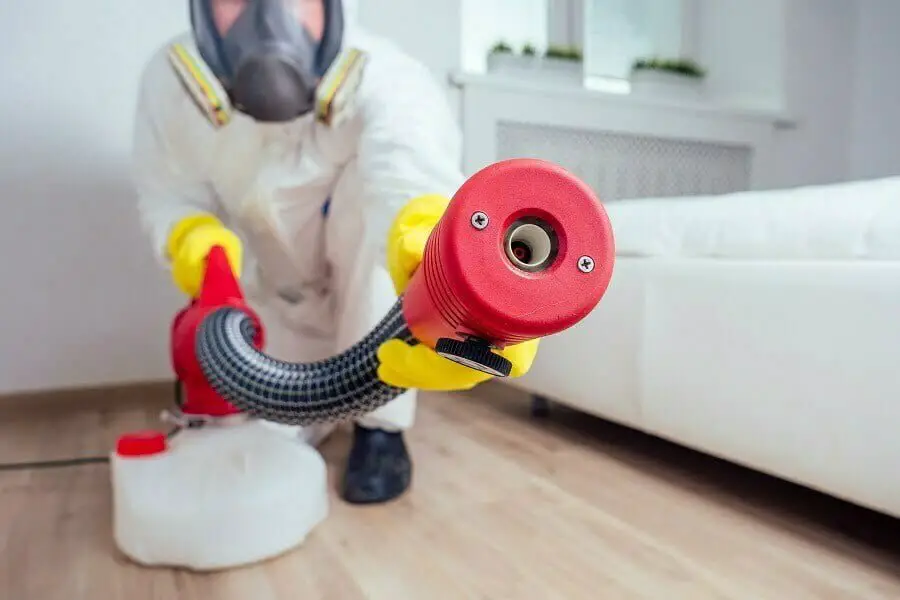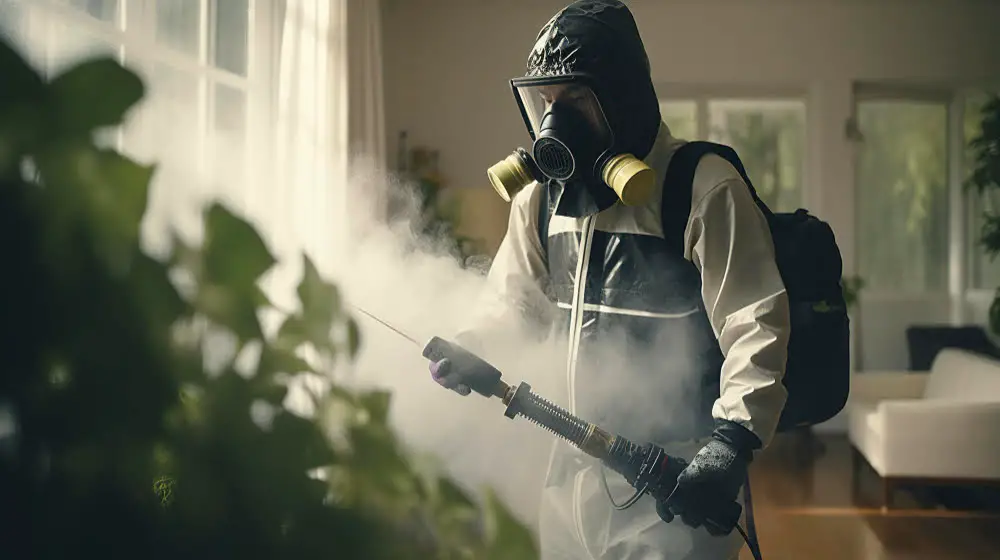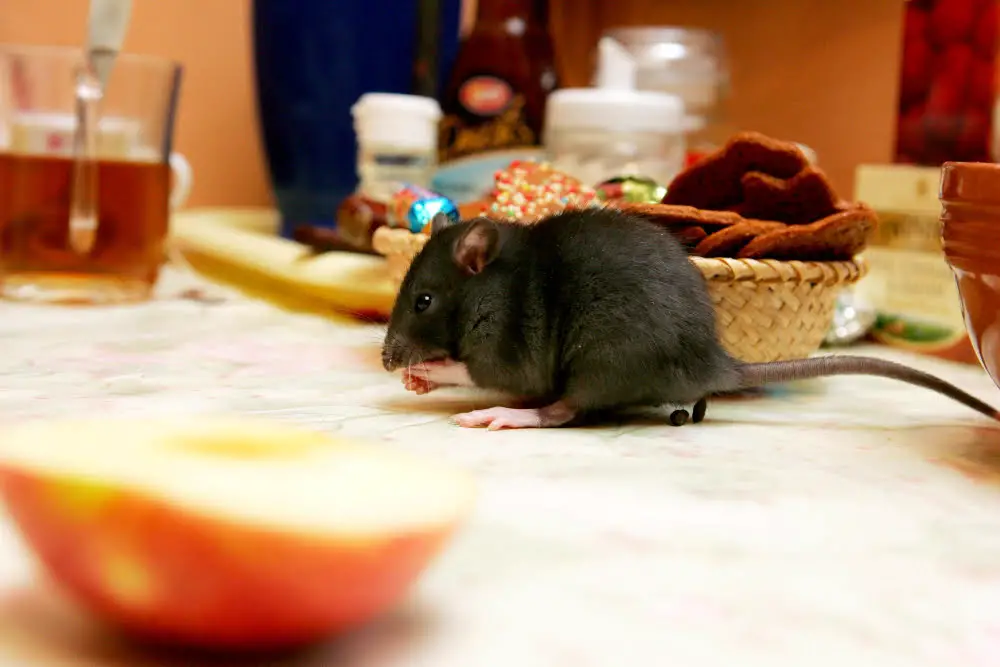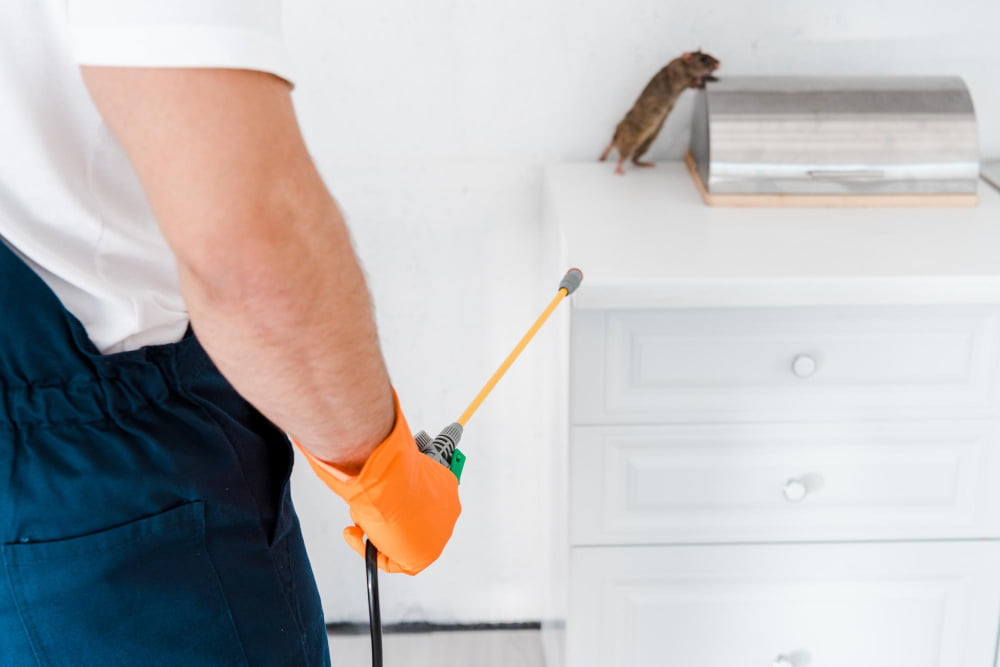Last updated on
In the delicate balance of maintaining a comfortable and healthy living environment, one often underestimated factor is pest control. Pests, ranging from insects to rodents, can quickly turn a peaceful abode into a chaotic battleground.
Beyond the unsightly appearance and irritating noises, pests pose significant health risks. These dangers underscore the importance of effective pest control measures that not only eliminate pests but also prioritize the safety of the residents and the environment.
This article delves into the realm of safe pest control methods, highlighting the significance of their implementation in fostering a healthier living environment.
Safeguarding Health Through Integrated Pest Management (IPM)
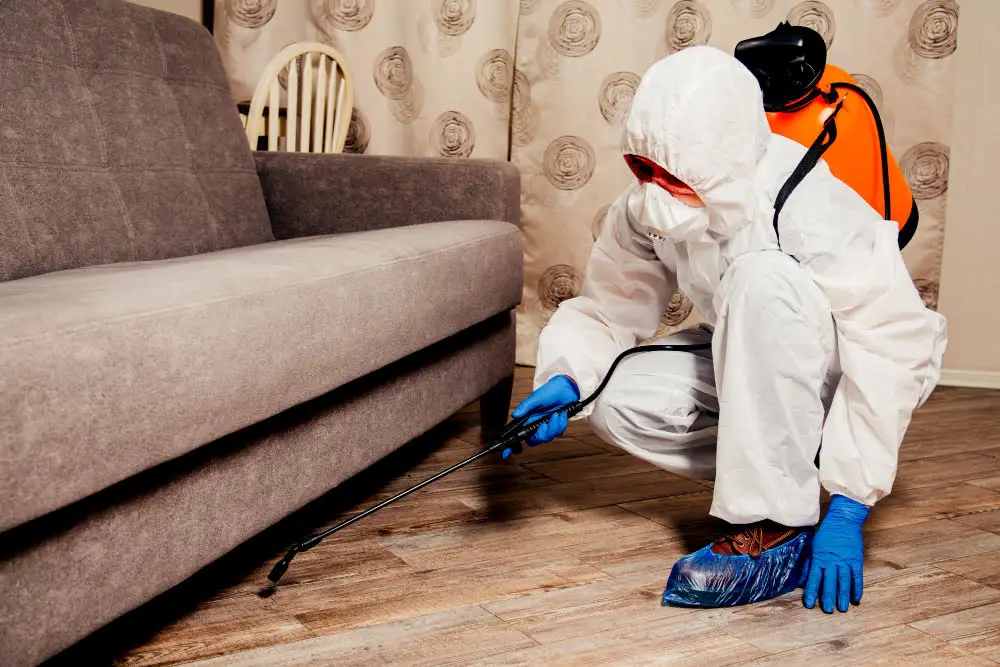
Traditional pest control methods have frequently relied on the indiscriminate use of potent chemicals, which can inadvertently jeopardize the health of humans and pets. However, the advent of Integrated Pest Management (IPM) approaches has revolutionized the field of pest control.
IPM takes a holistic stance, combining preventive strategies, monitoring, and targeted interventions to manage pests effectively with minimal environmental impact. One of the fundamental principles of IPM is to understand the ecology of the pests, thus enabling the formulation of targeted solutions that disrupt their life cycles.
Incorporating biological controls is a hallmark of IPM, which involves introducing natural predators or parasites that prey on specific pest species. This approach minimizes the use of chemical agents while promoting ecological balance. For instance, deploying ladybugs to combat aphids or introducing nematodes to control soil-dwelling insects are examples of using nature’s tools to address pest problems.
Furthermore, cultural practices such as crop rotation, proper waste management, and maintaining cleanliness contribute to preventing pest infestations in the first place. By adopting an IPM approach, households can effectively manage pests while ensuring the safety of their family’s health and the surrounding environment.
Eco-friendly Solutions for a Pest-free Haven
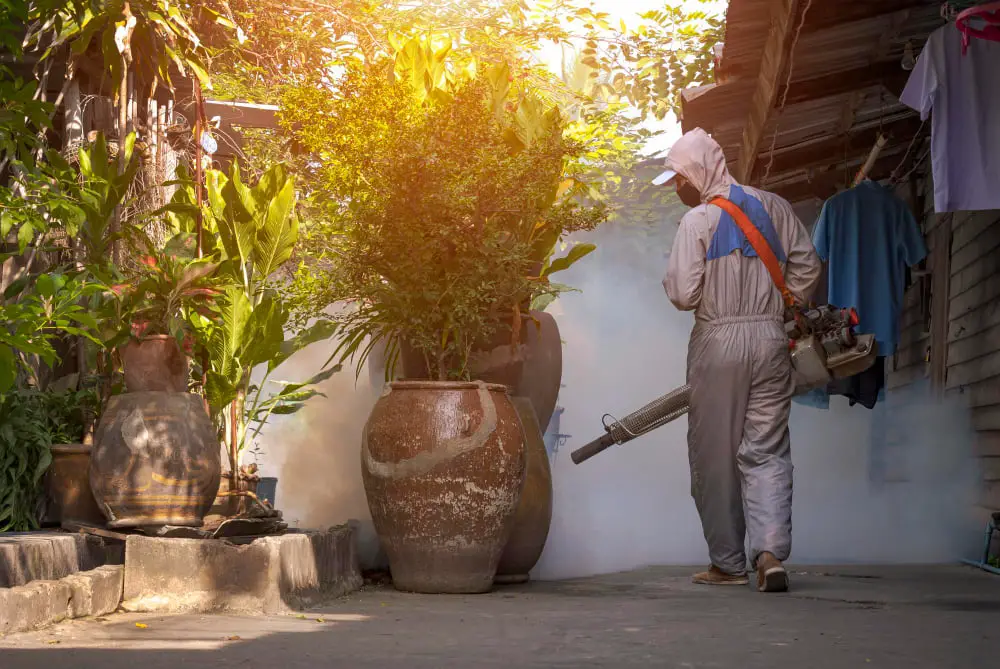
As the awareness of environmental sustainability grows, so does the demand for eco-friendly pest control solutions. These alternatives prioritize the well-being of not only humans but also the broader ecosystem. Essential oils, derived from plants with natural pest-repelling properties, have gained popularity as safe alternatives to conventional pesticides.
For instance, neem oil acts as a potent deterrent for various insects and disrupts their growth cycles. Similarly, diatomaceous earth, composed of fossilized aquatic organisms, is an abrasive substance that damages the exoskeletons of insects upon contact, leading to their demise.
In recent years, technological advancements have also given rise to innovative and environmentally responsible pest control methods. Ultrasonic devices emit high-frequency sound waves that are undetectable to humans and pets but disrupt the behavior patterns of rodents and insects, encouraging them to seek shelter elsewhere.
This technology offers a humane way of addressing pest problems without resorting to harmful chemicals. Furthermore, smart pest traps equipped with sensors and cameras enable targeted pest capture, reducing the need for widespread chemical application. These eco-friendly solutions not only ensure a pest-free environment but also exemplify responsible stewardship of the Earth’s resources.
Expert Assistance for Targeted Solutions
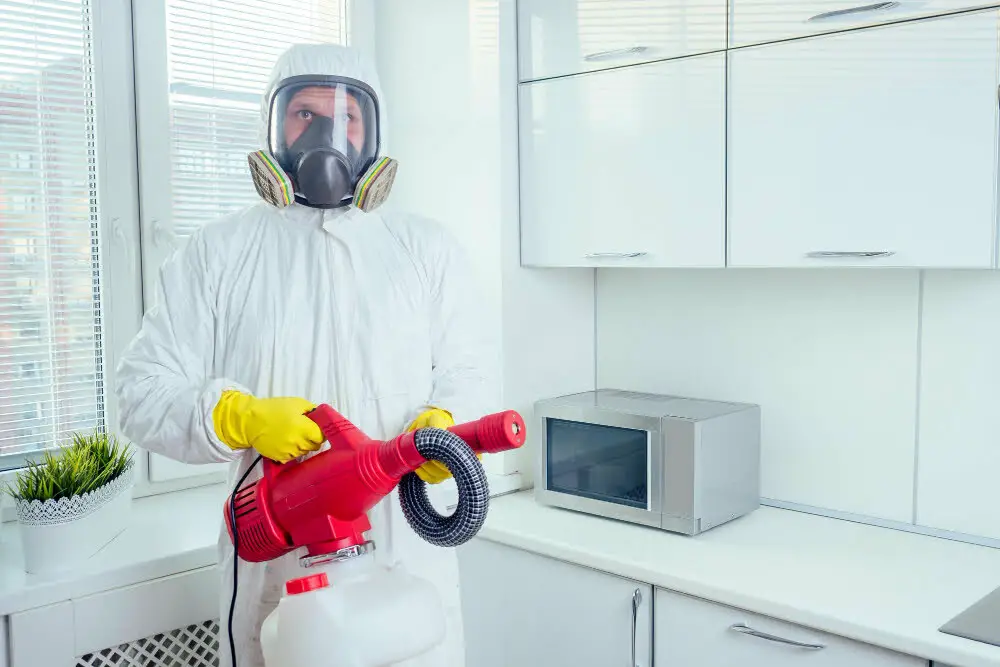
When dealing with persistent or challenging pest infestations, seeking the expertise of pest control professionals becomes a prudent choice. These professionals possess the knowledge, tools, and experience to address specific pest issues effectively.
Whether it’s a case of pest control for crickets or other persistent types of pests, these experts can provide tailored solutions that align with safe and eco-friendly practices. Their thorough understanding of pest behaviors allows them to devise strategies that target the root causes of infestations, ensuring long-term prevention.
By entrusting pest control professionals with the task, individuals can enjoy peace of mind knowing that their living environments will be expertly managed while maintaining the highest standards of safety and environmental consideration.
Embracing Modern Technology: Pest Control in the Digital Age
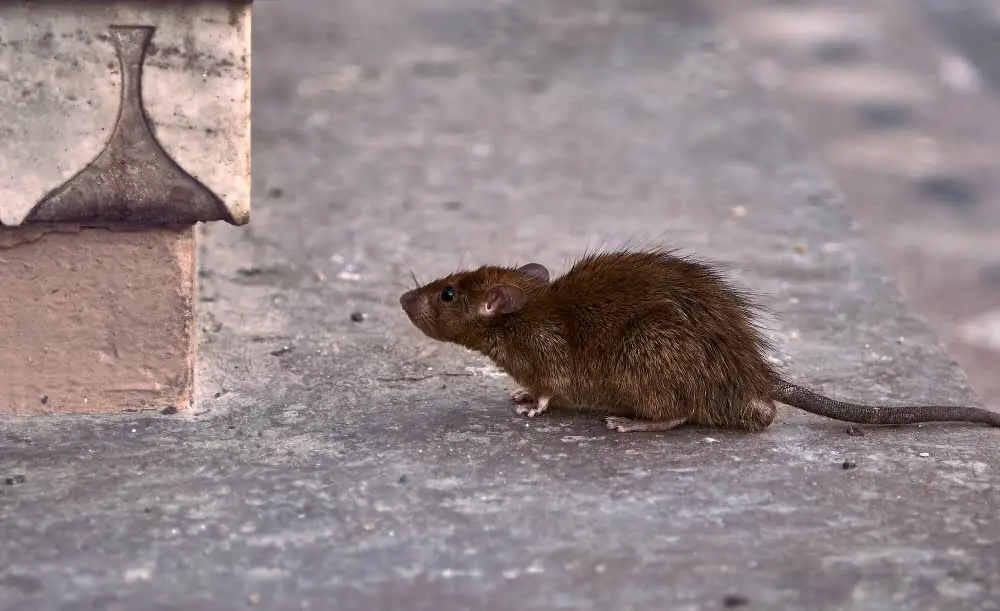
As we navigate the ever-evolving landscape of technology, it comes as no surprise that pest control has also embraced the digital age. Smart pest control devices and applications have revolutionized how we detect, monitor, and manage pest infestations. Internet of Things (IoT) technology has enabled the creation of interconnected pest control systems that provide real-time data on pest activity.
For instance, sensor-equipped traps can transmit information about rodent movements, allowing homeowners to take swift action. Mobile apps complement these devices by providing alerts, insights, and even remote control capabilities, all at the tip of one’s fingers. This amalgamation of pest control and technology enhances efficiency, minimizes the use of chemicals, and empowers individuals to stay one step ahead of potential infestations.
Biological Pest Control: Utilizing Nature’s Predators
Nature, in its intricate web of interdependence, offers an array of solutions for pest control that go beyond chemical interventions. Biological pest control harnesses the natural predators and pathogens that keep pest populations in check.
Introducing these natural enemies into the ecosystem can yield remarkable results. For instance, releasing certain species of parasitic wasps to combat crop-damaging caterpillars provides a sustainable solution that requires minimal human interference.
Moreover, the use of bacteria and fungi to target specific pests is gaining traction as an eco-friendly alternative. This approach not only reduces the reliance on synthetic chemicals but also respects the delicate balance of the environment.
The Economic Impact of Effective Pest Control
Beyond the health and environmental benefits, effective pest control carries a substantial economic impact. Pest infestations can lead to significant financial losses in various sectors, including agriculture, hospitality, and healthcare.
In the agricultural realm, crop damage caused by pests can result in reduced yields and lower product quality. In the hospitality industry, a single bedbug infestation can lead to reputational damage and revenue loss.
Similarly, pests in healthcare facilities pose a grave risk to patients and staff alike, potentially leading to legal repercussions. By implementing thorough and safe pest control measures, these industries can mitigate financial losses, maintain their reputation, and uphold the health and well-being of their stakeholders.
Safe and effective pest control is a multifaceted endeavor that encompasses health, the environment, technology, and the economy. As we continue to expand our knowledge and refine our approaches, it is imperative to remember that pest control is not solely about eradicating nuisances; it’s about creating a harmonious coexistence between humans and the natural world.
Integrated Pest Management, eco-friendly solutions, technology integration, biological control, and economic considerations all play their part in this intricate dance. By embracing a holistic approach that values both the immediate and long-term effects, we can cultivate living environments that are not only pest-free but also sustainable, safe, and sound for generations to come.
Continue reading:
Recap
